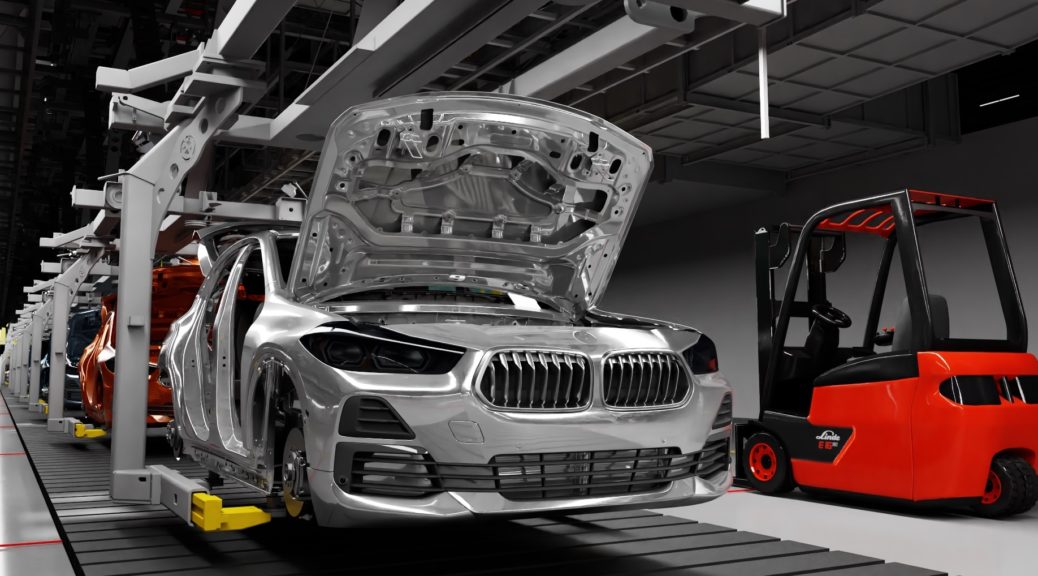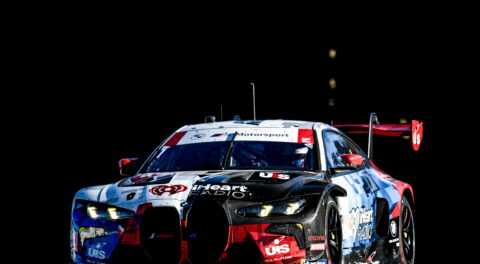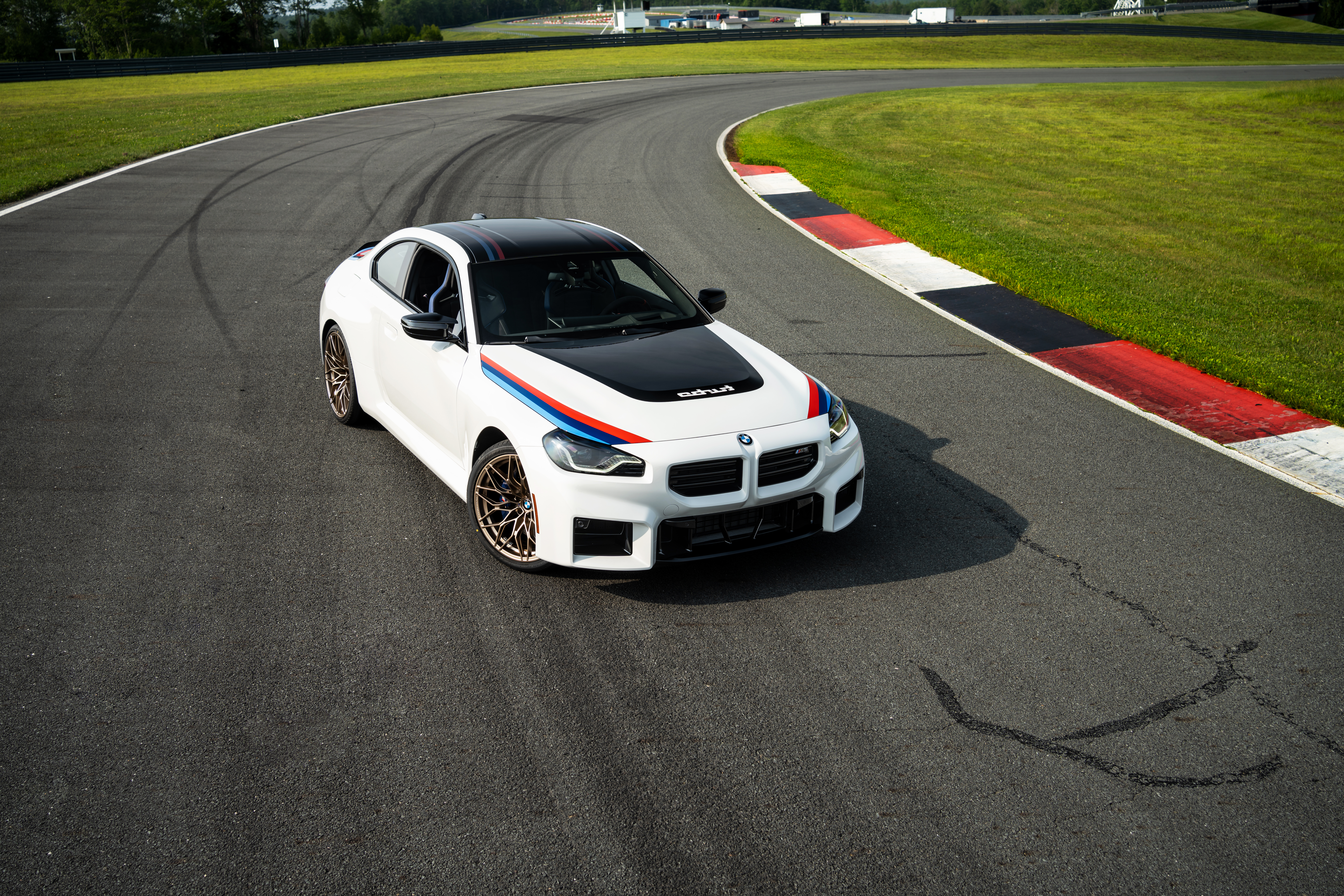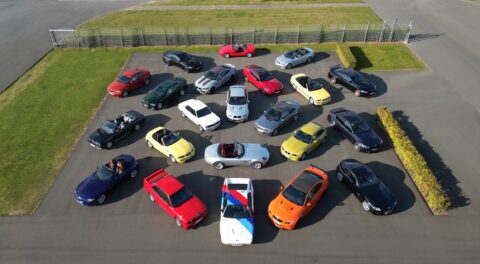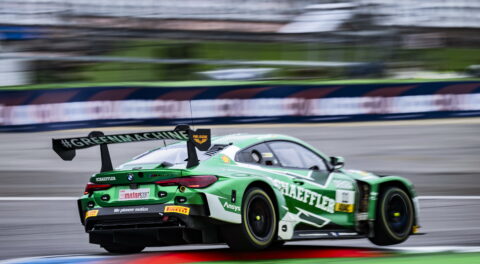BMW and long-standing partner Nvidia are envisioning the future of manufacturing using cutting-edge artificial intelligence and virtual planning, and thanks to the Omniverse platform, you’re able to catch a glimpse.
Virtual factory planning has been in use for years at this point, data analytics play an increasingly crucial role in strategic planning and development, machine learning finds previously unseen insights, and although all of this might sound a bit pie in the sky, BMW and Nvidia are working to combine all of it and more to create the automotive factory of the future. The collaboration doesn’t come as a particular surprise, as BMW’s global decentralized manufacturing network is among the most advanced of any automaker, and the company seems to never stop looking for ways to improve efficiency. Some BMW Group plants are already on their second generation of autonomous transport vehicles and systems, to which Nvidia previously fitted high-performance technology and AI control modules to as part of a pilot project.
“Together we’re about to make a huge leap forward and open up completely new perspectives in the field of virtual, digital planning. In the future a virtual representation of our production network will allow us to realise an innovative, integrated approach to our planning processes. Omniverse greatly enhances the precision, speed and consequently the efficiency of our planning processes,” said Milan Nedeljković, BMW AG Board member for production.
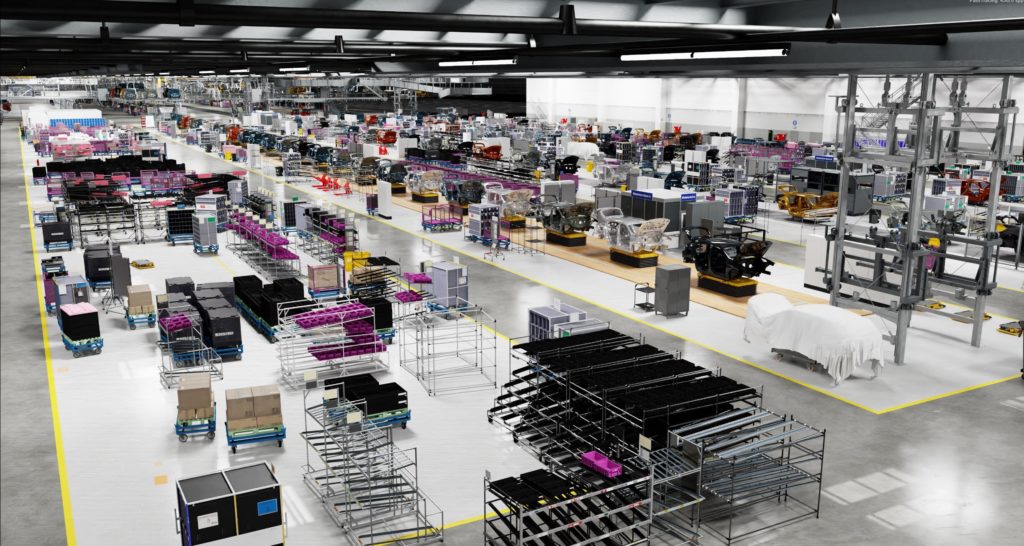
Because BMW builds and sells such a high volume of customized vehicles which differ in terms of options, packages, colors, drivetrains, and more, the automaker has worked to to build flexible production lines which can handle manufacturing vehicles that are highly varied, with little other than an underlying platform and some core components being shared.
“BMW does personalized manufacturing at a massive scale—their operations are among the most complex in the world,” explained Jensen Huang, founder and CEO of Nvidia. “In their vision of future factories, people and robots work together, engineers from all aspects of factory design collaborate in a shared virtual space, and the entire factory is simulated with photorealistic detail. Nvidia Omniverse was built to realize this future. I am delighted that BMW is using Nvidia Omniverse to connect their teams to design, plan, and operate their future factories virtually before anything is built in the physical world. This is the future of manufacturing.”
“BMW may very well be the world’s largest custom-manufacturing company,” Huang added.
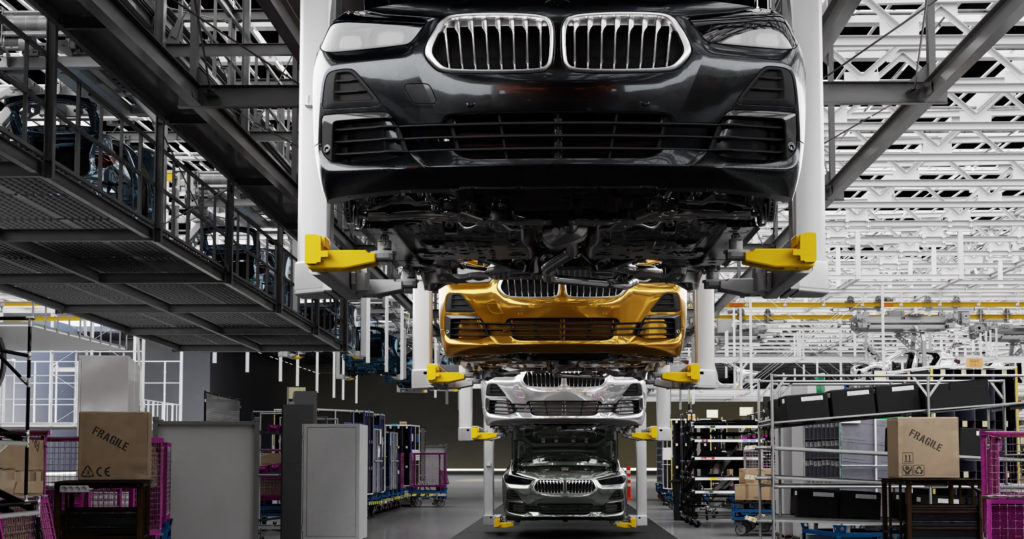
BMW working with Nvidia to use Omniverse for manufacturing planning has numerous advantages. One example is the future capability of Omniverse to accept live data collected from real operations and relevant databases. This eliminates to need to reimport and in some instances convert data to a proper format, allowing for what BMW refers to as extreme transparency with planners and production specialists able to envision systems and layouts with greater accuracy. Omniverse can integrate data from an array of sources to create the virtual simulation images in this article, which are running at real time and in a collaborative setting across multiple time zones.
BMW says that Omniverse will allow production planners the ability to “visualize the entire planning lifecycle for every plant in the global production network, accelerated by scalable GPU performance. This will be supported by a wide range of AI-capable application cases, from autonomous robotics to predictive maintenance and data analysis.”
The endeavor is described as, “redefining collaboration,” according to Nedeljković. To get a crystal clear idea of what it all means, check out the video below, in which Nedeljković and Nvidia founder and CEO Jensen Huang explain the project with the backdrop of simulated factory in operation, complete with so-called digital humans.
[Photos and video courtesy BMW AG, NVIDIA Corporation.]

